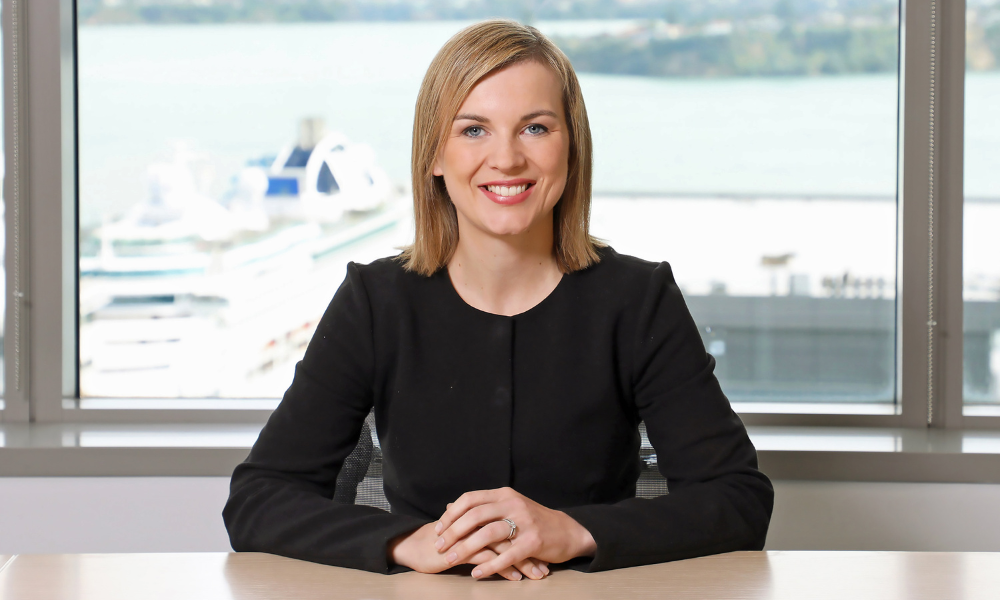
New developments make scope of an employer's H&S duty harder to define, says lawyer

Microbiologist and infectious disease specialist Siouxsie Wiles and the University of Auckland have been in the news recently relating to the Employment Court case in which the associate professor says her employer failed to protect her from harassment and threats resulting from her Covid-19 commentary.
The case highlights that the scope of an employer’s health and safety duty is hard to define, says Liz Coats, partner at Bell Gully lawyers.
“It’s potentially very broad and with new developments in the world like the pandemic and also new technology, how we think about health and safety has to continue to evolve,” says Coats.
“In the Siouxsie Wiles case, based on what I’ve read reported on it, it seems as though one of the key concerns is whether enough was done to consider her safety in relation to online safety. That is potentially relevant in a range of different contexts, particularly for anybody who’s in a role that has a public-facing aspect to it.”
The case is a reminder, she says, that for employers, health and safety these days involves thinking a lot more laterally.
“Ultimately, an employer’s health and safety obligations relate to an employee’s work, so an employer doesn’t have a health and safety duty in relation to an employee’s personal life,” says Coats. “Sometimes though, as with this case, you’ll see that there may be some grey areas around what is work and what someone’s doing in their personal capacity.”
This case is going to set new ground, says Coats.
Any employer, in relation to health and safety risks, needs to assess those risks, and determine whether they can be eliminated or minimised, says Coats. “If they can’t be eliminated, which is the case with things like social media, then the question would be, what is the framework for minimising the risks?”
Another challenge with social media, says Coats, is that there’s a clash between safety and freedom of expression.
“The individual’s rights to express themselves in a particular way has obviously come to the fore with the Siouxsie Wiles case, because not only is it freedom of expression, but it’s that academic freedom concept, which is a particular scenario again.”
A risk assessment is a starting point, she says. “It makes sense, particularly where people have been subjected to online abuse, to work out what system can be put in place to protect them.
“That should be done in consultation with that person as they need to be able to contribute and comment on the proposed approach because they might have a different view on what is appropriate.”
Another important thing to remember, she says, is that employees themselves have personal duties of health and safety.
“For example if an employer says, ‘This is our policy, these are our rules for you to keep safe’ and an individual does something different, then there’s potential for the employer to say the employee was in breach because the person chose to not comply with their lawful and reasonable instructions.”
Another grey area in terms of ascertaining employers’ obligations to health and safety can arise when employees are carrying out official employment functions off-site, including those travelling overseas, such as giving a presentation at an event.
“If they’re performing work that’s related to their employment, then it’s likely that some health and safety duties apply,” says Coats.
“It’s very much going to depend on the nature of the work and the nature of the trip that that person is taking.”
From an employers’ perspective, she says, the starting proposition will be considering a number of factors. “What are you doing to plan the trip?” she says. “What are you doing to ensure that the way the trip is organised is designed to align with what you would expect from a safety perspective?”
Checking in regularly while the employee’s away is another recommendation Coats makes. “An employer should also make sure there are contingency plans, though there’s quite a difference of course between what they’d be for someone who’s travelling to, for instance, Australia from a safety perspective, versus someone who’s travelling to a country which is known to have higher health and safety risk.”
Ultimately, if the employee is traveling alone, the employer is not going to be able to physically monitor what the employee is choosing to do while they’re away.
“However, what the employer can do is be as clear as possible before the person leaves regarding what their expectations are and what their recommended policy is as far as keeping the person safe,” says Coats.